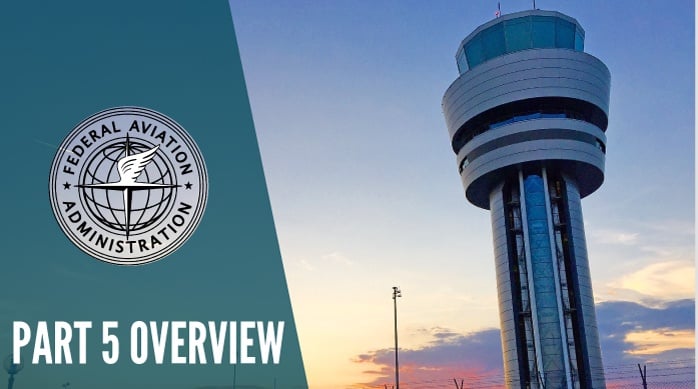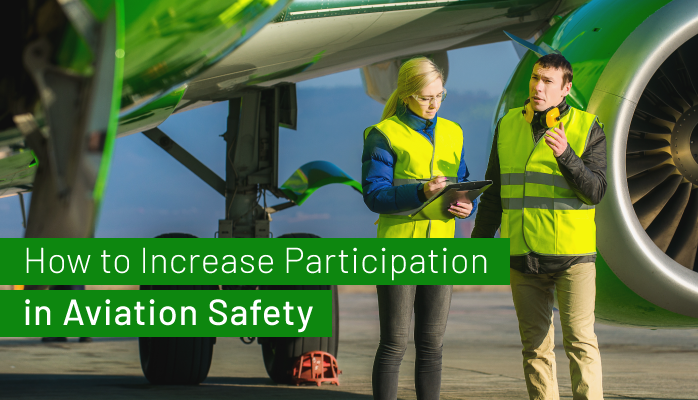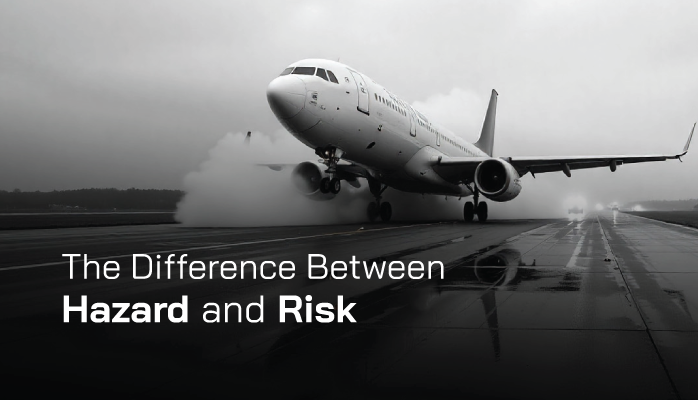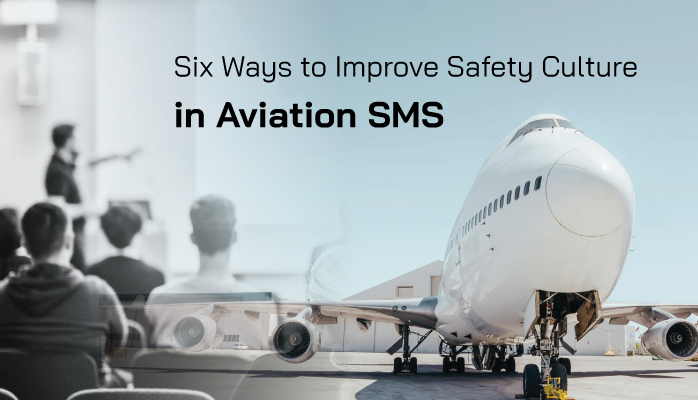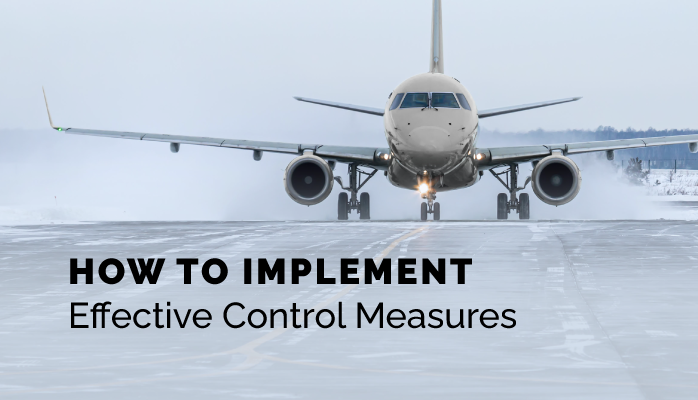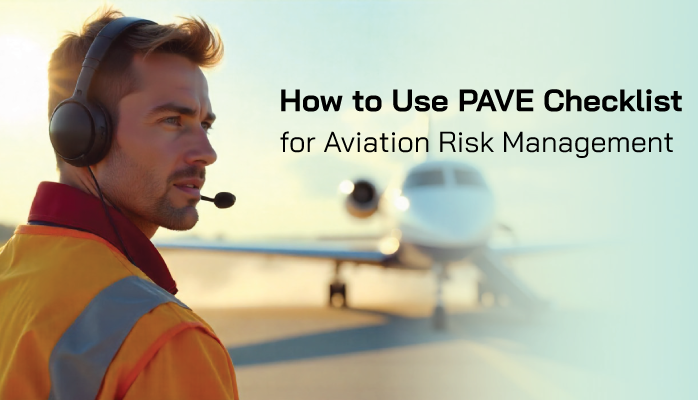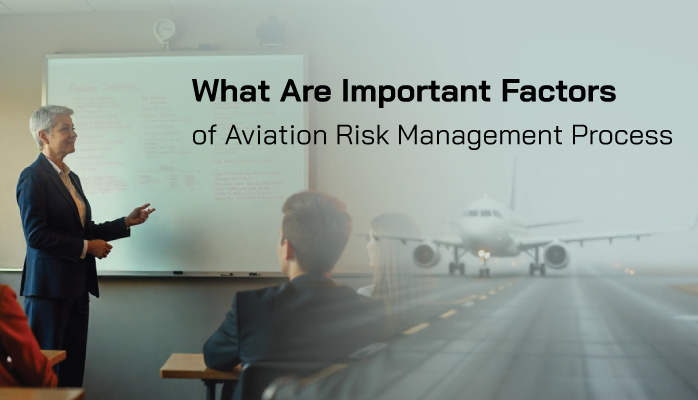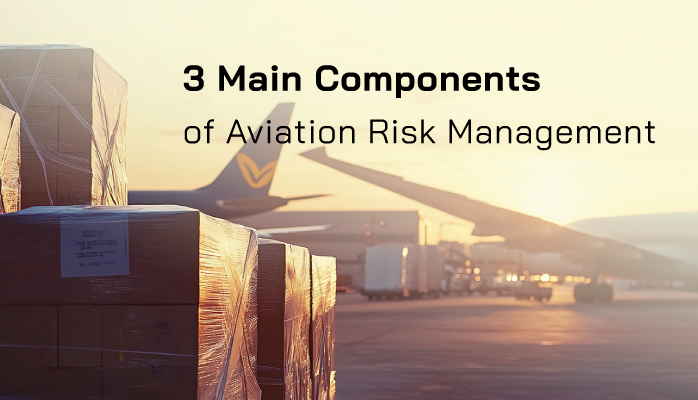Jamie Adams

Jamie Adams, born in Homer, Alaska, developed a deep interest in aviation mechanics growing up in a town surrounded by small airfields and seaplanes. After completing their Airframe and Powerplant (A&P) certification, Jamie began a career in aviation maintenance, working for 25 years in a Maintenance, Repair, and Overhaul (MRO) facility in Anchorage. There, Jamie specialized in aircraft systems, focusing on turbine engines and avionics for regional aircraft operating in Alaska’s demanding conditions. Jamie’s meticulous attention to detail and expertise in troubleshooting complex mechanical issues earned them a reputation as a trusted technician among pilots and operators. In 2012, Jamie joined SMS Pro, a leading provider of Safety Management System (SMS) software for the aviation industry. Transitioning from hands-on maintenance to a safety-focused role, Jamie brought their extensive MRO experience to the table, helping aviation organizations implement effective safety protocols. As a safety specialist at SMS Pro, Jamie develops risk assessment tools and training programs, ensuring maintenance teams adhere to global safety standards. Their practical insights have been vital in bridging the gap between operational maintenance and safety management. Jamie continues to reside in Homer, where they enjoy fishing and mentoring young aviation enthusiasts. They hold a degree in Aviation Maintenance Technology from the University of Alaska Anchorage and remain an active member of the Alaskan aviation community.
As an aviation safety manager or accountable executive, preparing for an FAA Part 5 Safety Management System (SMS) audit is critical to ensuring compliance and maintaining a robust safety culture.
The FAA’s Part 5 regulation, outlined in 14 CFR Part 5, mandates SMS for certificate holders under Parts
- 121,
- 135,
- 91.147, and
- certain Part 21 operations.
Read More
Topics:
4-Safety Promotion,
3-Safety Assurance,
1-Safety Policy,
2-Safety Risk Management,
FAA Compliance
Effort Needed Employee Participation in Aviation Safety Programs
The more people involved in the aviation field take advantage of these aviation safety programs, the safer the industry is likely to be.
Encouraging participation in these programs can be as simple as word of mouth referrals or posting program information on bulletin boards at the local fixed base operator (FBO).
However, safety promotion efforts alone are seldom enough to motivate employees to actively involve themselves in a safety program.
Read More
Topics:
4-Safety Promotion
A Culture of Respect
In order to understand the idea of safety culture within the aviation industry, we must first understand the respect attributed to:
- Pilots;
- Mechanics;
- Controllers;
- Dispatchers; and
- All others needed to make the system function.
Read More
Topics:
4-Safety Promotion
What’s in a Name?
Identifying hazards is a big part of implementing a Safety Management System or SMS. Most of us assume that we know what a hazard is. It’s not a complicated word, we’re pretty sure we know what it means. No problem, right?
Read More
Topics:
2-Safety Risk Management
Safety Management Systems Bore Most Employees
Unlike those who study and create safety management systems (SMS), to the average employee these programs can be boring.
Read More
Topics:
4-Safety Promotion
What Are Control Measures?
When you identify a hazard within your organization, the first step is to analyze the risk. If the risk is high, then you need a control measure to reduce risk to acceptable levels.
Any change made to the existing system to reduce risk is a control measure.
Read More
Topics:
3-Safety Assurance
Understanding Proactive Hazard Analysis Process
The best way to recognize and mitigate immediate risks associated with aviation hazards is by using the PAVE checklist to analyze your current safety environment. PAVE is an excellent and expedient flight risk assessment tool (FRAT).
Read More
Topics:
2-Safety Risk Management
Aviation Risk Management Process Based on Reality
The aviation industry is one where the stakes are always high because human life is involved and the "aviation system" is an open system that is impossible to totally control.
Read More
Topics:
2-Safety Risk Management
Safety Promotion Places Safety Into Our Conscious Zone
An aviation safety management system (SMS) can encompass many different elements but has one overarching goal: improve aviation safety.
The best way to achieve that goal depends on what kind of SMS you participate in.
Read More
Topics:
4-Safety Promotion
Aviation Risk Management Requires a Safety Mindset
Aviation risk management is a vital part of being a well-rounded pilot. The safety mindset works best every time flying.
Although all components are important, perhaps the most vital of them all is understanding the importance of "aviation risk management."
Read More
Topics:
2-Safety Risk Management

